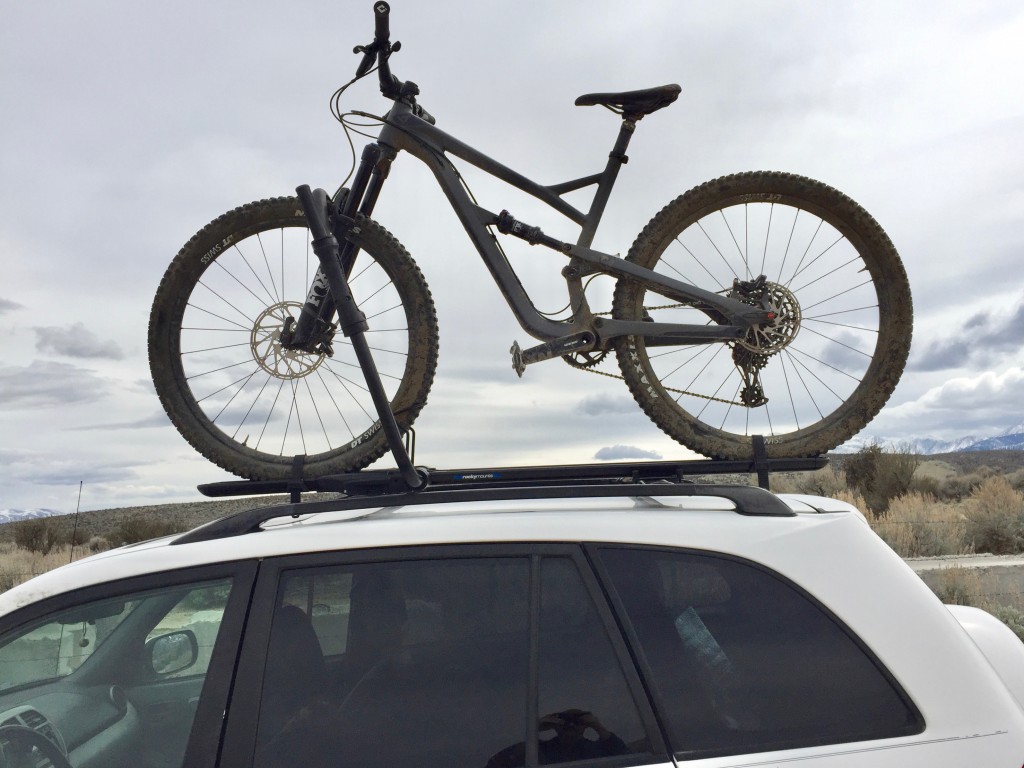As a mountain biking enthusiast based in Australia, I often get asked about bike racks for vehicles. Choosing the right rack can be a bit tricky with all the options out there, especially when you factor in Australia’s diverse terrain and varying legal requirements across states.
Whether you’re heading to local trails or planning a trip across the Outback, the right bike rack will make transporting your bikes safe and hassle-free. Here are the top three things to consider when buying a bike rack for your vehicle in Australia.
1. Rack Type and Vehicle Compatibility
The first thing you need to think about is the type of rack and how well it will fit your vehicle. There are three main types of bike racks available in Australia: hitch-mounted, roof-mounted, and trunk-mounted. Each has its pros and cons, and the one you choose will depend on your vehicle and how many bikes you need to carry.
- Hitch-Mounted Racks: These are a popular choice for many Australian mountain bikers, particularly those driving SUVs, utes, or larger vehicles. Hitch racks mount to the back of your vehicle using a hitch receiver and are known for their stability and ease of use. They allow you to carry multiple bikes (usually two to four), and they’re perfect for heavier bikes like e-bikes or downhill mountain bikes. However, they do require a tow bar, which not all vehicles have installed by default. If your car doesn’t have one, you’ll need to factor in the cost of installing a tow bar as well.
- Roof-Mounted Racks: These racks attach to crossbars on the roof of your car. They are ideal for smaller vehicles and leave the rear of the car accessible for other gear. Roof racks are also great for keeping your bikes secure and out of the way, but they can be difficult to load, especially if you have a taller vehicle or heavier bikes. Plus, you need to be mindful of height restrictions when entering car parks, garages, or drive-throughs, which is particularly important in urban areas of Australia.
- Trunk-Mounted Racks: These attach to the rear of your car using straps and hooks. They are usually cheaper than hitch or roof racks and don’t require a tow bar or roof rails. Trunk racks are easy to remove when not in use, making them a convenient option if you only need a rack occasionally. However, they may not be as stable as hitch or roof racks, and there’s a chance they could damage the paint or bodywork of your vehicle if not installed properly. Trunk-mounted racks also limit access to your boot and rear visibility, which can be a hassle on long road trips.
Vehicle compatibility is key in Australia’s diverse driving conditions. Whether you’re off-roading in the bush or navigating tight city streets, the right rack type will make transporting your bikes much easier and safer.
2. Number of Bikes and Weight Capacity
Australia has a thriving mountain biking community, and it’s not uncommon for riders to go out in groups. Whether you’re heading to the trails solo or with mates, you’ll need to consider how many bikes your rack can accommodate. Bike racks vary in capacity, with some designed to carry just one or two bikes, while others can handle up to five.
For families or larger groups, a higher-capacity rack is essential. Hitch-mounted racks tend to offer the most versatility in this regard, with some models capable of holding four or more bikes. On the other hand, roof-mounted racks often require you to buy additional mounts for each bike, which can get expensive but offer flexibility if you need to carry bikes alongside other gear, like kayaks or surfboards.
In addition to capacity, you should also consider the weight of your bikes. If you ride heavier bikes, like e-bikes or downhill mountain bikes, make sure the rack you choose can support their weight. Not all racks are rated for heavier bikes, and exceeding the weight limit could lead to damage to both your bikes and your vehicle. Hitch-mounted platform racks are a great choice for heavier bikes as they support the bike by the wheels rather than the frame, making them more stable.
Knowing how many bikes you plan to carry and how much they weigh will help you select a rack that’s not only convenient but also safe for both your bikes and your vehicle, especially on rugged Australian terrain.
3. Australian Road Laws and Safety Considerations
In Australia, road laws regarding bike racks can vary from state to state, so it’s important to be aware of local regulations before hitting the road. One of the biggest considerations is the requirement for number plate visibility. If your bike rack blocks your car’s number plate or taillights, you will need to purchase and fit a rear-mounted number plate and potentially an additional lighting board. In most states, failing to display your number plate or ensure your lights are visible can result in fines.
Also, consider the security features of the bike rack. With the growing popularity of mountain biking in Australia, bike theft is always a concern. Many bike racks come with built-in locks or offer the option to add additional locks, ensuring your bikes stay safe whether you’re grabbing a coffee or stopping overnight on a road trip. Look for racks that not only lock the bikes to the rack but also lock the rack to your vehicle to prevent theft.
Following the local road laws will keep you safe from fines and ensure you’re roadworthy on any journey. Plus, security features can provide peace of mind when traveling with expensive bikes.
Final Thoughts
When buying a bike rack for your vehicle in Australia, it’s essential to consider the type of rack and its compatibility with your vehicle, how many bikes you need to carry, and Australian road laws and safety features. Whether you’re traveling through the Outback or heading to your favourite local trails, choosing the right bike rack will ensure that your bikes get there safely, ready for your next adventure.








